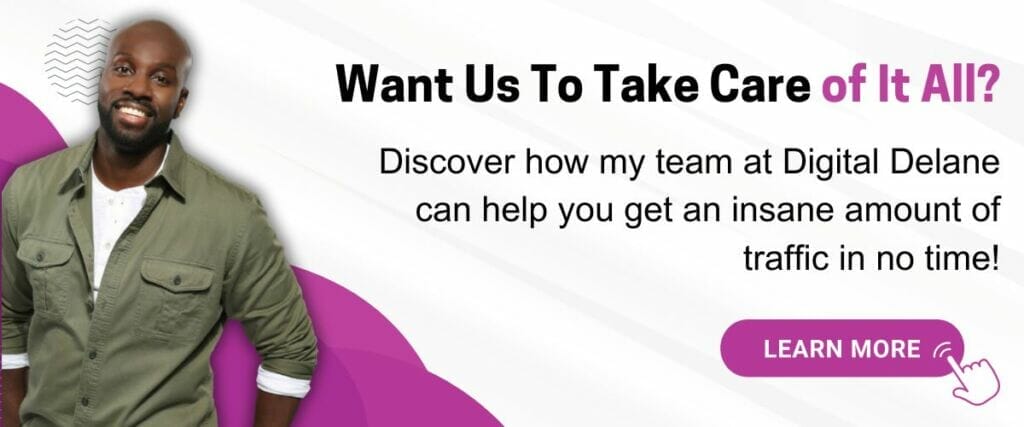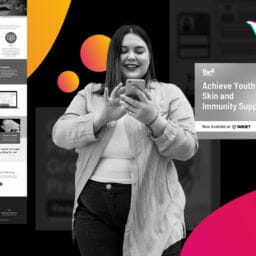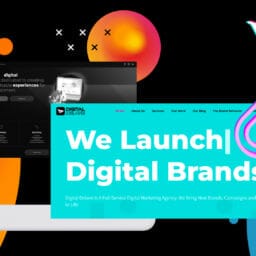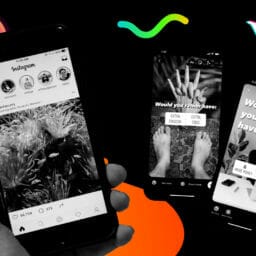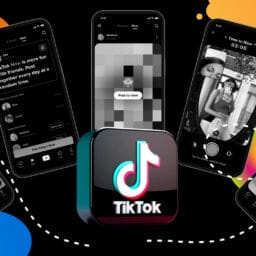Why Creating Great Content is So Important for Your Business
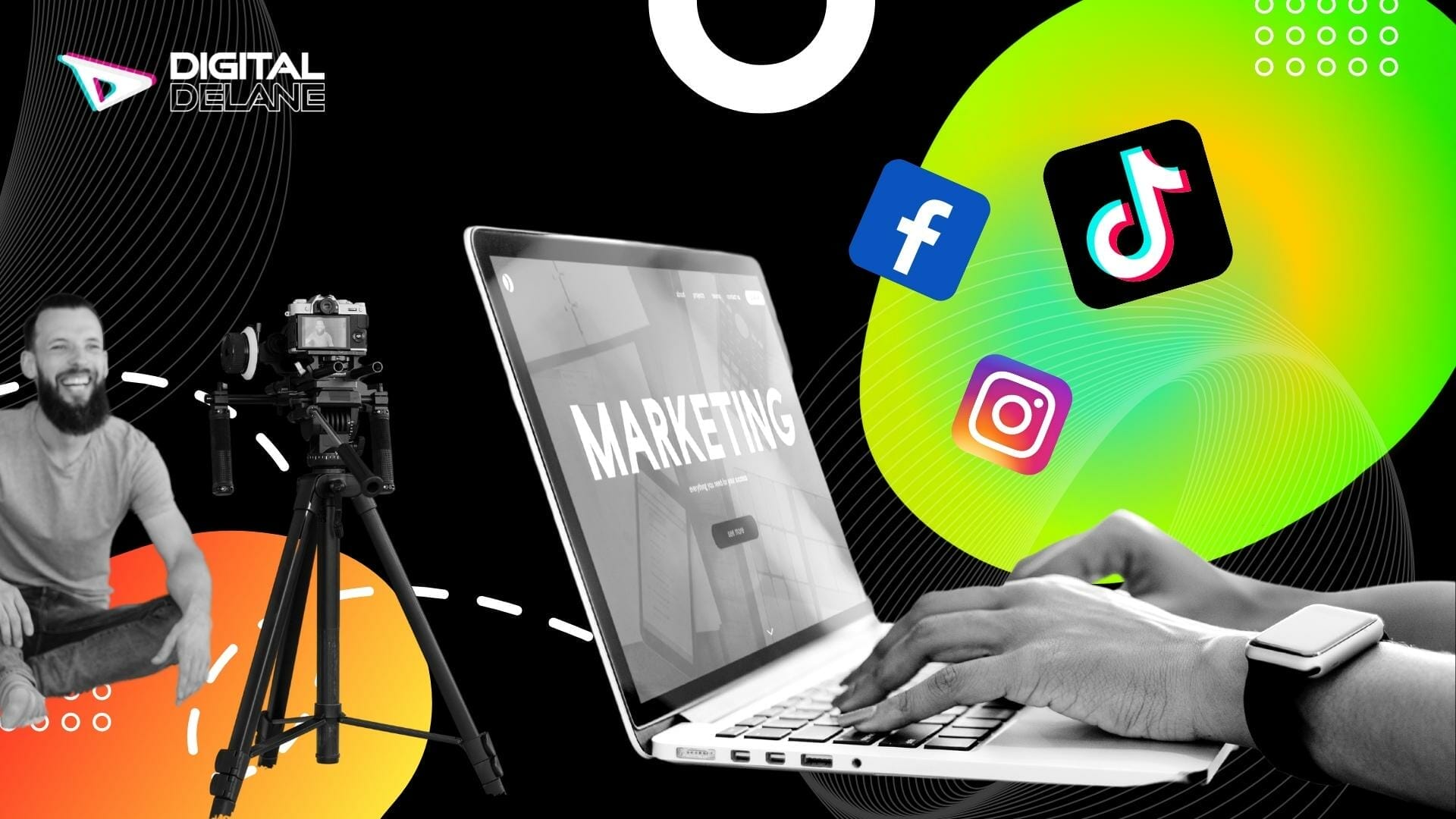
Content marketing is essential for your business because it grabs and keeps the target consumer’s attention in a way that advertising alone doesn’t do. People rarely follow businesses on social media because they really love that paid search ad on Google, even if that’s how they found the page in the first place. Instead, consumers will follow you because they either find your content entertaining, or they find it useful/informative/helpful in some way.
For example, here is a snapshot of some of the ways a consumer like you might intentionally interact with brands online:
-
-
- You might follow a band on Twitter because you like their music and behind-the-scenes videos from their tours.
-
- You also follow a frozen food company because they post daily quick recipes you can make with little preparation every day.
-
- At the same time, you follow all the local restaurants you like so you’ll see if they’re running a special when you feel like eating out.
-
- You subscribe to a newsletter from the financial company that manages your 401K because they send you tips about managing your investments.
-
- You follow your hair salon’s Instagram and YouTube channels because they post hair styling tips or “how to get this look” videos.
-
- You subscribe to several popular blogs in your company’s industry so you can keep up with the latest news that affects your business.
- You follow several entrepreneurs and business leaders who post inspirational content about finding success in your career and life.
-
In reality, this is probably only a small percentage of all the brands you interact with, but it should be enough to show the importance of good content. With each of the above examples, you continue interacting with the brand because its content provides value to you, whether that value is making you laugh, giving you helpful information, or teaching you how to do something.
In fact, Google recognizes the necessity of content value and has recently changed its algorithm to better serve users with “helpful content.”
What is the “Helpful Content” Update and How Does it Affect Your Content Strategy?


In August, Google announced that it had updated its algorithm in an effort to give users “more original, helpful content written by people, for people, in search results.” The algorithm is now geared toward giving the searcher what they want based on their query. For example, if you search for “home decor shops near me,” it will focus on finding stores in your local area. If you search for “how to make a small room look bigger,” Google will try to find useful content on this topic, like blog posts or videos on social platforms.
Ready to Discuss Your Project? Chat With Our Marketing Team
How Can You Use the Helpful Content Update?


Here are some tips to help you ensure your brand’s content fits the parameters that your target consumer might be looking for:
-
-
- Put together a strategy for each of your customer personas. At Digital Delane, we use existing research to determine what each persona might be searching for so we can create content for their needs. If you need help gathering or analyzing data, consider working with a digital marketing agency to gain more insight.
-
- It’s still important to utilize SEO keywords, but be sure to do it in a way that makes sense and isn’t excessive. The current algorithm is even more unforgiving of keyword stuffing.
-
- Ask yourself if your existing customer base would find the content helpful. Is it too basic or similar to many other pieces of content that already rank high in search results? If so, you may want to consider ways to make it unique or add your own twist or extra value.
-
- Remember the “by people, for people” part of Google’s new goals. Your content should give the impression that it was written by a genuine expert, not a random person spinning content they found elsewhere. To this end, informative posts should be detailed, offer something similar articles don’t, and link to credible sources. Fun or entertaining content should be relatable to your audience and, like informative posts, should offer a unique perspective or a different take on a current trend.
- When your target consumer has finished reading or watching your content, will they feel like they’ve received enough education on the topic to complete their task or objective? If they’re going to have to keep looking for more content, your piece may not be detailed or thorough enough.
-
Making the Best Use of Your Content


You probably aim to have a certain amount of “evergreen” content, or pieces that will remain relevant for a long time (as opposed to seasonal or temporarily in-demand content). Evergreen pieces have great potential to be helpful content. They can also be reused multiple ways – part of a blog post could become a short video, or several short videos, or it could inspire a tweet thread or IG post. Here are some tips to improve your content so it will perform better for Google’s search algorithms.
-
-
- Subheadings are your friend. Using frequent H2 and H3 subheadings to explain each section of content helps the user find answers to specific questions easily. If your piece makes it simple for the searcher to answer their questions or learn what they needed to know, chances are they will come back to your website or social channels if they need more help in the future.
-
- Consider the flow of the piece. This follows up on the previous point – is your content organized in a way that’s easy for the user to follow? Does it go from one topic to the next in a logical way? Again, you want to avoid situations where the user has to skip around or hunt for information. Often people are in a hurry when they search for “how to” information – they need to know now so they can complete an important task at hand.
-
- You’ve probably seen one of the many versions of this popular meme: The graphic depicts a skeleton and the punchline says something like, “Me waiting for the food blogger to stop reminiscing about their childhood and just give me the recipe.” This meandering approach isn’t just frustrating for people trying to find a recipe – it applies in most situations where the user is trying to get a quick answer. If the title of your piece is a question or starts with “Why” or “What,” try to answer the question or give the explanation in the first paragraph. Don’t bury the lead or play coy trying to keep the searcher on your page longer. Yes, you want to reduce your bounce rate, but making the user slog through a whole article to find an answer isn’t the way to do it. In fact, this is more likely to make the reader hit the back button so they can try to find the answer on another site.
-
- Don’t chase trends that aren’t related to your brand and target market. If you can occasionally work an existing trend into the content you were planning to do anyway, great. But you don’t need to post about trending topics that you or your brand have no real authority or expertise on. The content you produce should make sense for your brand.
-
- Think about different levels of your sales funnel and consider a series of blogs or videos to speak to consumers on each level. For example, if you’re the CMO of a regional used-vehicle dealership, you might research questions people have when shopping for used cars. These could become a series of posts with titles like, “What to Look for in a Used Vehicle,” “Understanding Kelly Blue Book Values,” “What to Check Under the Hood of a Used Car,” “Everything You Need to Know About Financing Your Used Vehicle,” etc. These are all topics that will continue to interest car buyers next week, next month, or three years from now, and you can reuse the content in different ways across multiple platforms.
- When you do use a piece of content on different platforms, be sure to add something unique to each piece one. For example, you might have a longer, more detailed blog post, then create several short videos from it. At the end of each video you might add a quick tip that isn’t in the blog post. For TikTok or Instagram Reels, you could make ultra-short 15-second videos that offer quick behind-the-scenes looks or a single tip about the subject matter.
-
Make Sure You’re Ready for New Leads


Once you’ve got great content and a solid SEO/paid search strategy to get eyes on it, you can expect an increase in new leads. To ensure that you’re ready for this influx of potential customers, consider setting up one or more landing pages so you can track which content increased leads the most. Each landing page should have a way to briefly collect info from the prospective buyer so you can contact them in the future. You might use another piece of content, such as a free ebook, to encourage visitors to sign up for your email list or request a free consultatiion.
One Final Rule: Talk to People, Not Search Engines


This is a little tricky because you can’t talk to most people if they can’t find you, and that requires a search engine. For that reason, you can’t disregard keywords or Google’s SEO guide. But overall, your content should speak to real people with real problems they are trying to solve, like how to fix their kitchen sink or learn a new hobby like painting or crocheting. Add details that will help them with their goals and make the content valuable to them.
If you could use some advice about creating helpful content or have questions about content marketing, please contact Digital Delane for a free consultation.


